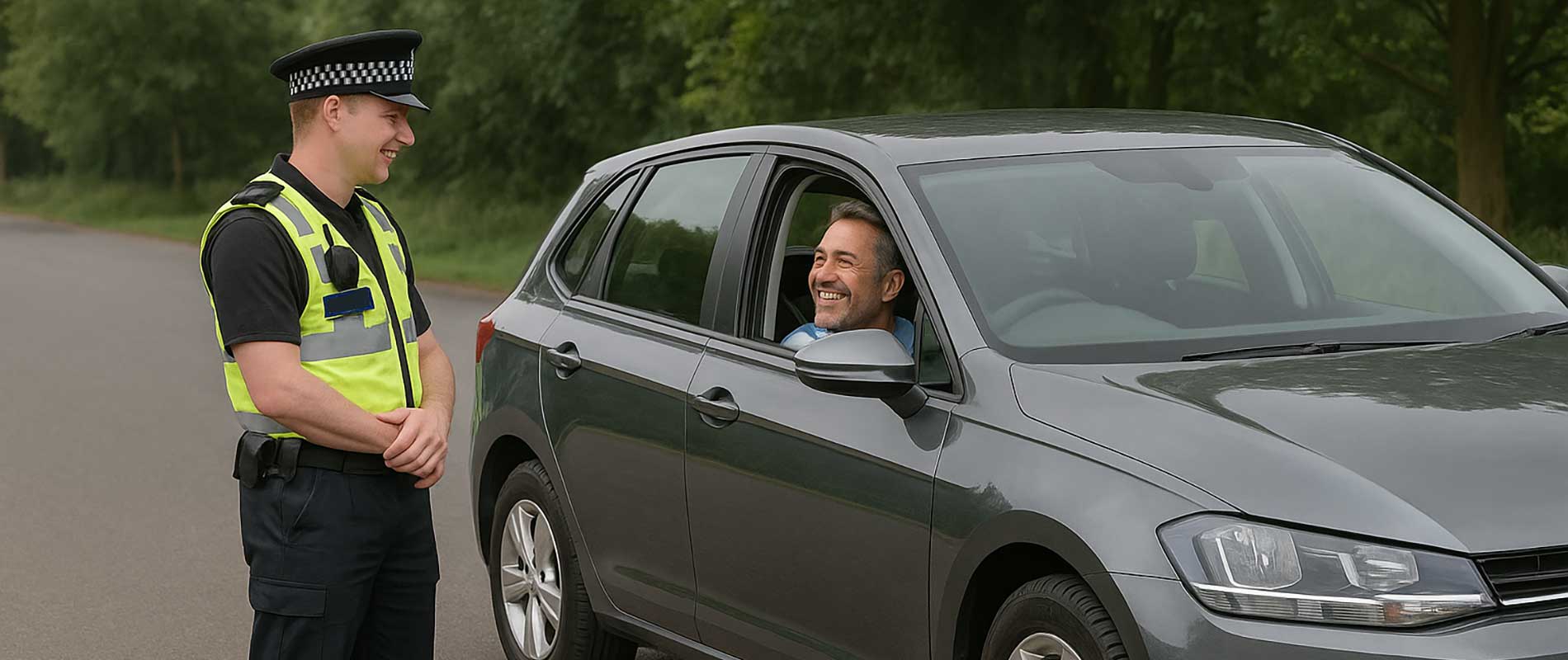Yes; But It Won’t Be Straightforward
Coming back from a drink-driving conviction is never easy. The ban ends, the licence returns, but the ripple effect on insurance lingers for years. The honest answer is yes, you can get insured after a drink-driving ban, though it will take patience, transparency, and a bit of legwork. Many mainstream insurers simply decline such drivers, but specialist brokers exist precisely to help people in this situation find fair, legal cover.
What matters most is how you approach it. A clean record from this point onward and clear communication with insurers will gradually rebuild trust; and lower your premiums over time.
How Insurers See a Drink-Driving Conviction
From an insurer’s perspective, a drink-driving conviction (often recorded as a DR10) signals a serious lapse in judgement. It suggests a higher risk of claims, so premiums can jump dramatically; often doubling or more. Some insurers won’t quote at all for several years after the ban, while others will, but under tighter terms and higher excesses.
They’ll want to know the conviction code, the date of the offence, the length of your ban, and whether you’ve completed a rehabilitation course. The more precise you are, the smoother the process. Any uncertainty or omission tends to raise suspicion, and that can push prices even higher.
Rehabilitation Courses Can Help
If the court offered you a drink-drive rehabilitation course and you completed it, make sure to tell insurers. These courses don’t erase the conviction, but they demonstrate responsibility and can cut your disqualification period by up to a quarter. More importantly, they show insurers that you’ve acknowledged the issue and taken active steps to change.
Some insurers treat successful course completion as a modest risk-reduction factor, shaving a few percent off your quote. It’s not a miracle fix, but every little helps when rebuilding your record.
Finding the Right Kind of Policy
After a drink-driving ban, your best option is usually a specialist convicted driver policy. These are tailored to people with recent convictions or bans, and they’re offered by brokers who understand that one mistake shouldn’t define your future. They’ll often ask for more background, such as employment status, mileage, and car storage, to give underwriters a fuller picture.
Some policies even include the option to add telematics (a black box or mobile app) to prove good driving habits over time. For someone rebuilding their profile, that’s a handy way to demonstrate improvement; and sometimes to earn lower renewal prices.
What to Expect When You Apply
Be prepared for higher prices at first. Most insurers keep drink-driving convictions on their rating system for five years, even though the conviction may stay on your licence for eleven. That’s because the early years after reinstatement are seen as the riskiest. The good news is that if you stay claim-free, the premium should begin to fall steadily after the second or third year.
Make sure to double-check that your licence is fully reinstated before applying. The DVLA must have returned your entitlement to drive, and your record should show no active disqualification. Without that confirmation, you won’t be legally insurable.
Starting Again with Confidence
Yes, getting insured after a drink-driving ban is possible, and thousands of drivers do it every year. It might cost more, it might take longer, but it’s still entirely within reach. Take it as a fresh start: choose a modest car, drive carefully, and keep your record spotless. In time, insurers will stop viewing you as “high risk” and start seeing you as what you’ve worked hard to become; a safer, wiser driver who learned from experience. That’s the real turning point.

